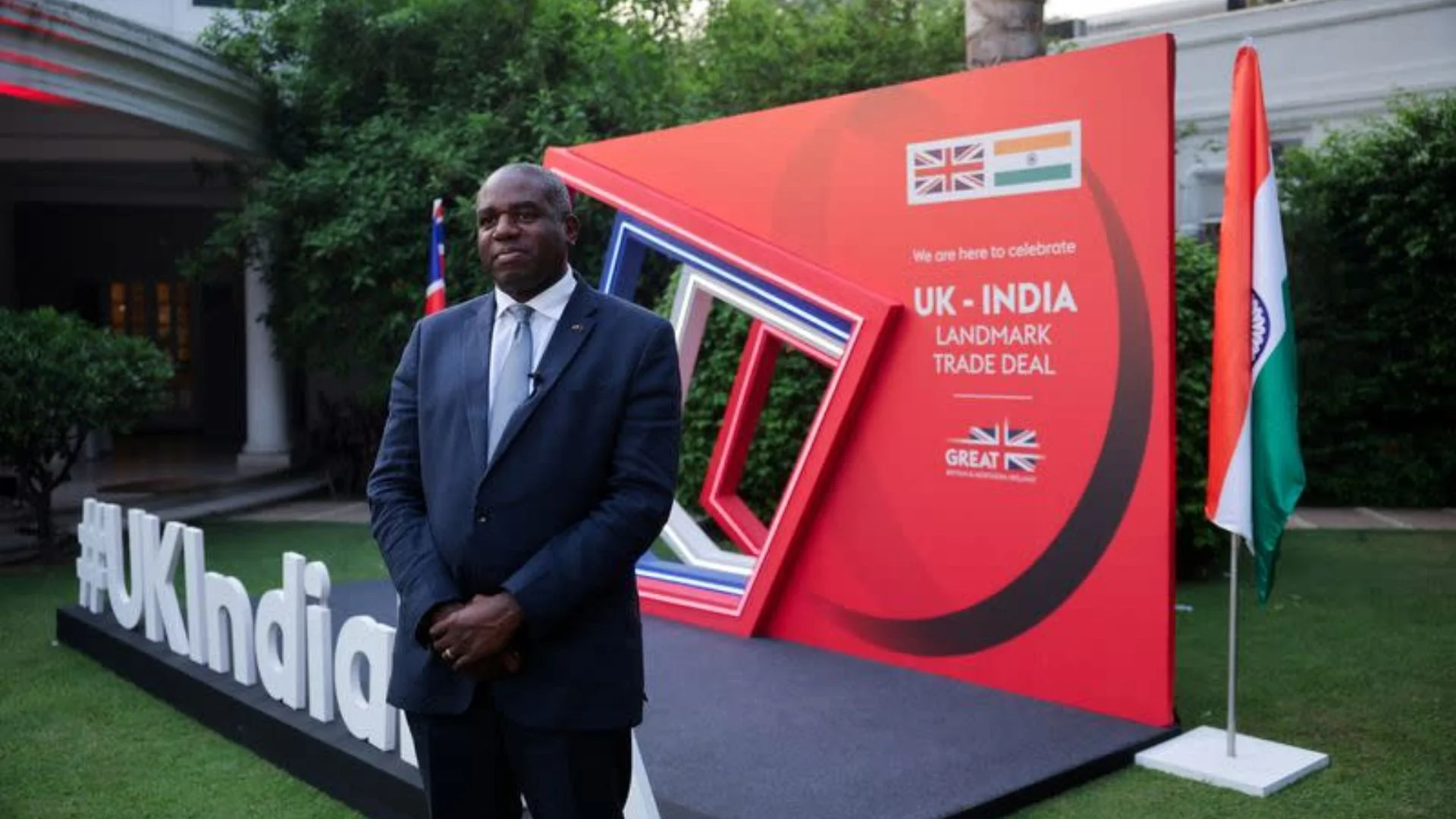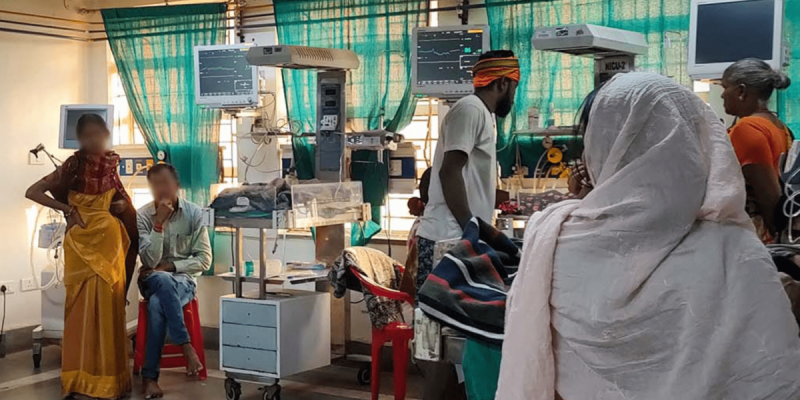- Courses
- GS Full Course 1 Year
- GS Full Course 2 Year
- GS Full Course 3 Year
- GS Full Course Till Selection
- MEP (Mains Enrichment Programme) Data, Facts
- Essay Target – 150+ Marks
- Online Program
- GS Recorded Course
- NCERT- First Ladder
- Polity
- Geography
- Economy
- Ancient, Medieval and Art & Culture AMAC
- Modern India, Post Independence & World History
- Environment
- Governance
- Science & Technology
- International Relations and Internal Security
- Disaster Management
- Ethics
- Current Affairs
- Indian Society and Social Issue
- CSAT
- 5 LAYERED ARJUNA Mentorship
- Public Administration Optional
- ABOUT US
- OUR TOPPERS
- TEST SERIES
- FREE STUDY MATERIAL
- VIDEOS
- CONTACT US
Climate Finance to Developing Nations
Climate Finance to Developing Nations
22-10-2024

- The 29th Conference of the Parties (COP29) to the UNFCCC will take place in Baku, Azerbaijan, from November 11 to 22, 2024.
- This conference is anticipated to focus heavily on climate finance issues, earning the label of a "finance COP."
Vulnerability of Developing Countries
- Developing nations are among the most susceptible to the impacts of climate change due to geographical factors and economies that heavily rely on agriculture, which is particularly sensitive to climate fluctuations.
- These countries often lack the financial and specialized human resources necessary for effective adaptation and recovery from climate-related damages.
- Despite their vulnerability, developing countries contribute relatively little to cumulative global emissions. According to the Sixth Assessment Report of the Intergovernmental Panel on Climate Change, developed countries account for 57% of cumulative emissions since 1850, despite having smaller populations than developing nations.
- Competing developmental needs further complicate the ability of these countries to independently address climate action.
Historical Commitments
- Under the 2009 Copenhagen Accord, developed countries pledged to provide $100 billion annually in climate finance to developing nations by 2020, which was later extended to 2025.
- A new target for mobilization in the post-2025 period will be discussed at COP29.
What is Climate Finance?
- Defined by the UNFCCC, climate finance encompasses financing from various sources—public, private, or alternative—intended to support actions for climate mitigation and adaptation.
- The Organisation for Economic Co-operation and Development (OECD) reports on climate finance flows, noting that:
- Loans (69.4% in 2022) represent the largest share of international public climate finance, followed by grants (28%).
- Critics, including Oxfam, argue that OECD reports should reflect actual disbursements rather than mere commitments and should only count new and additional funding.
Needs for Climate Finance
- Developing countries require external financing for climate initiatives.
- The International Energy Agency (IEA) reported that 675 million people in developing nations lacked access to electricity in 2021.
- They also face higher costs of capital, with costs for solar photovoltaic and storage technologies being about twice as high as in developed economies.
India’s Climate Finance Needs
- India has set both short-term and long-term climate targets:
- By 2030, India aims to achieve:
- 500 GW of generating capacity from non-fossil fuel sources.
- 5 million metric tonnes per annum of green hydrogen (GH2) production capacity.
- Varied penetration levels for different Electric Vehicle (EV) categories.
- By 2030, India aims to achieve:
- Investment estimates for achieving these goals:
- ₹16.8 lakh crore for 450 GW of renewable energy.
- ₹8 lakh crore for the GH2 target.
- ₹16 lakh crore for consumer EV purchases.
- Over the long term, India will require approximately ₹850 lakh crore in investments from 2020 to 2070 to reach net-zero emissions.
New Collective Quantified Goal (NCQG)
- Establishing a new annual climate finance mobilization target, termed the New Collective Quantified Goal (NCQG), is crucial.
- The NCQG should meet specific criteria:
- Include actual disbursals, not just commitments.
- Be new and additional.
- Consist of public capital in the form of direct grants.
- Include private capital mobilized by public funding.
- An independent high-level expert group has estimated that developing countries (excluding China) will require around $1 trillion in external finance by 2030.
Must Check: Best IAS Coaching In Delhi
UPSC Prelims Result 2024 Out: Expected Cut Off & Other Details, UPSC Prelims 2024 Answer with Explanation, Daily Prelims Quiz, Daily Current Affairs, MONTHLY CURRENT AFFAIRS TOTAL (CAT) MAGAZINE, Best IAS Coaching Institute in Karol Bagh, Best IAS Coaching Institute in Delhi, Daily Mains Question Answer Practice, ENSURE IAS UPSC Toppers, UPSC Toppers Marksheet, Previous Year Interview Questions, UPSC Syllabus
India’s EV Mission: Progress Delayed, Not Denied
India’s EV Mission: Progress Delayed, Not Denied



